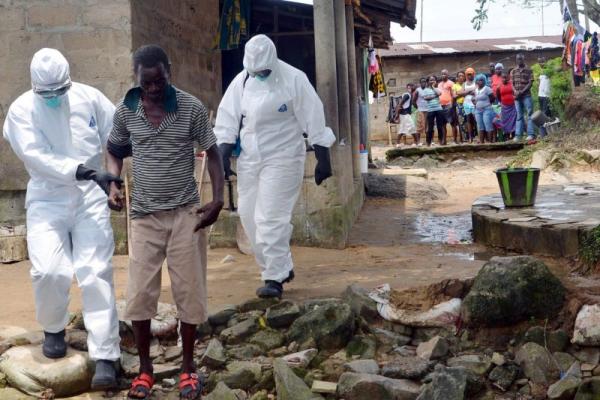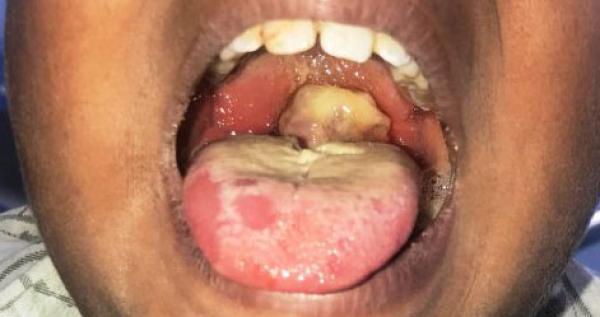
Many would have wondered why the World Health Organisation and other relevant authorities have been raising alarms over the recent variant of the Ebola Virus Disease currently wreaking havoc in some Uganda. The United States’ Embassy in the Democratic Republic of Congo has warned that countries surrounding Uganda, as well as people who may have visited those areas need to be quarantined.
The Sudan virus (SUDV) is one of six known viruses within the genus Ebola Virus, and one of the four that cause Ebola Virus Disease (EVD) in humans and other primates. The first known outbreak of EVD occurred due to Sudan virus, in South Sudan, between June and November 1976, infecting 284 people and killing 151, with the first identifiable case on 27 June 1976.
The Sudan virus was first introduced as a new "strain" of Ebola virus in 1977. It was described as "Ebola haemorrhagic fever" in 1978. In 2000, it received the designation Sudan Ebola Virus and in 2002 the name was changed to Sudan Ebola-virus.
Previous abbreviations for the virus were EBOV-S (for Ebola virus Sudan) and most recently SEBOV (for Sudan Ebola virus or Sudan Ebola-virus). The virus received its final designation in 2010, when it was renamed Sudan virus (SUDV).
The World Health Organisation described Sudan virus disease as a severe, often fatal illness affecting humans. It further added that the fatality ratio of the virus ranges from 41 to 100%.
“Sudan virus was first reported in southern Sudan in June 1976, since then the virus has emerged periodically and up to now, seven outbreaks caused by SUDV have been reported, four in Uganda and three in Sudan. The estimated case fatality ratios of SVD have varied from 41 per cent to 100 percent in past outbreaks.
“The virus is introduced into the human population through close contact with the blood, secretions, organs or other bodily fluids of infected animals such as fruit bats, chimpanzees, gorillas, monkeys, forest antelope or porcupines found ill or dead or in the rainforest. The virus then spreads through human-to-human transmission via direct contact (through broken skin or mucous membranes) with either blood or body fluids of a person who is sick with or has died from SVD or objects that have been contaminated with body fluids (like blood, faeces, vomit) from a person sick with SVD or the body of a person who died from SVD.
“The incubation period ranges from 2 to 21 days. People infected with Sudan virus cannot spread the disease until they develop symptoms, and they remain infectious as long as their blood contains the virus. Symptoms of SVD can be sudden and include fever, fatigue, muscle pain, headache, and sore throat later followed by vomiting, diarrhoea, rash, symptoms of impaired kidney and liver function. In some cases, the patient might present both internal and external bleeding (for example, bleeding from the gums, or blood in the stools).
“The diagnosis of SVD can be difficult, as early nonspecific manifestations of the disease may mimic other infectious diseases such as malaria, typhoid fever and meningitis. Confirmation is made using numerous diagnostic methods including RT-PCR. Supportive care – rehydration with oral or intravenous fluids – and treatment of specific symptoms improve survival.”
The outbreak is a case of a 24-year-old male who developed a wide range of symptoms on September 11, including high-grade fever, tonic convulsions, blood-stained vomit and diarrhoea, loss of appetite, pain while swallowing, chest pain, dry cough and bleeding in the eyes.
The 24-year-old was reported to have visited two private clinics without improvement. He was then referred to the Regional Referral Hospital on September 15, where he was isolated as a suspected case of viral haemorrhagic fever. A blood sample was collected on September 17 and sent to the Uganda Virus Research Institute in Kampala where RT- PCR tests conducted were positive for SUDV on September 19. Unfortunately, he died on the same day.
From every available piece of information, the virus is a wildfire that is capable of taking someone to one’s grave, earlier. It behoves all to avoid some of the locations where the virus has been reported. In addition, early detection can help save more lives.






















